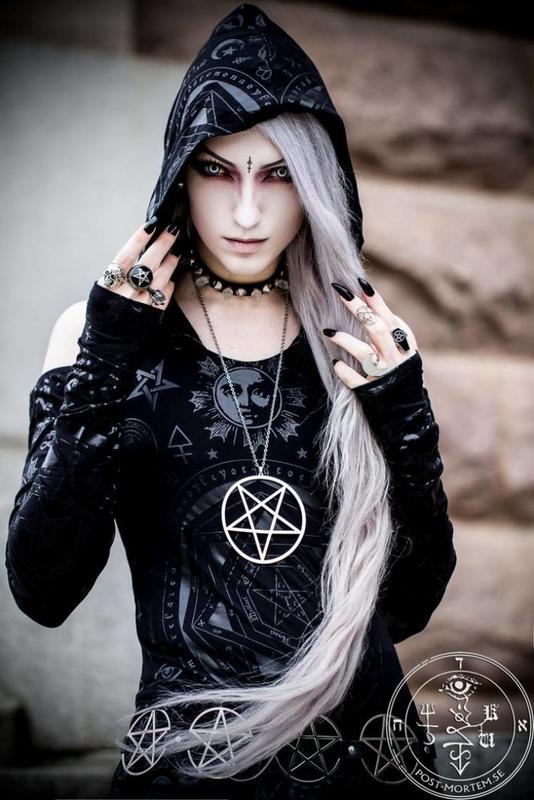Many people believe that they understand what witches and witchcraft are all about - the truth is that much of what we know about these mythical creatures are just hokum. In the real world, witches don't wear pointy headgears, they don't make potions in huge cauldrons, have a weird laugh or huge warts on their faces. Most witches actually look normal, and you may even know some, but haven't noticed that they are into witchcraft.
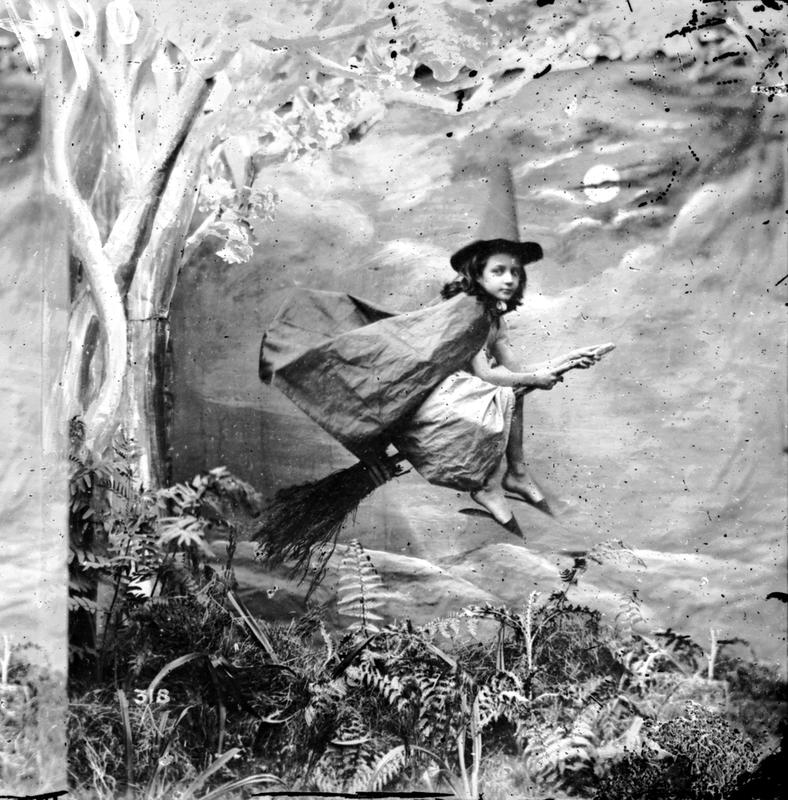
Emma Watson is just one of many actresses that have portrayed a witch in a movie. While the wizards and witches in Harry Potter where (mostly) good, some people believe that witches in the real world only like to do evil, negative stuff.
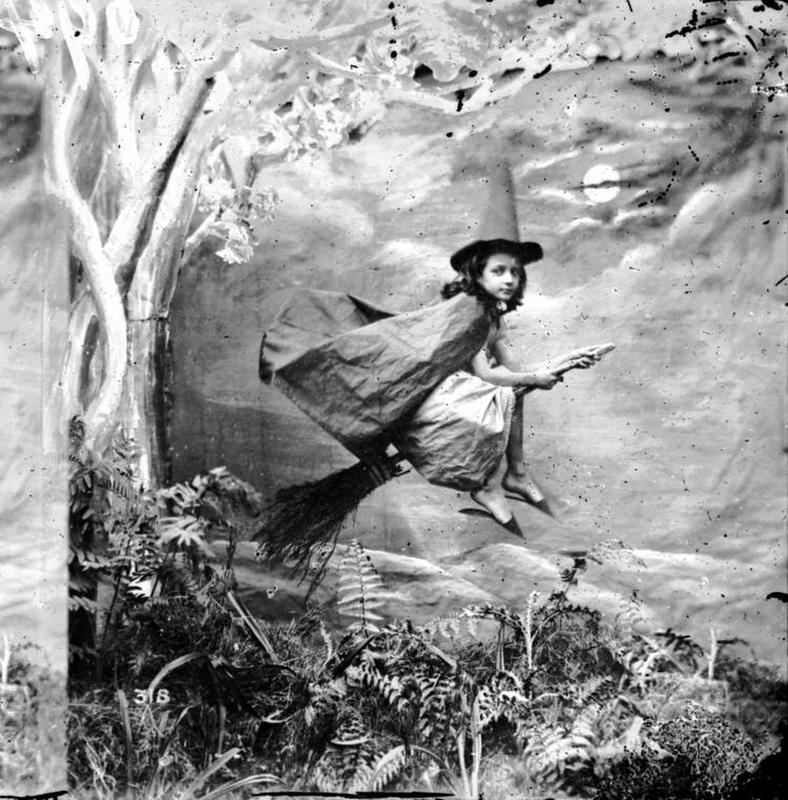
People thought that witches were up to no good for the most part of our history. In fact, during Medieval times, witches were given death sentences and they were executed in public squares - luckily, does times are behind us.
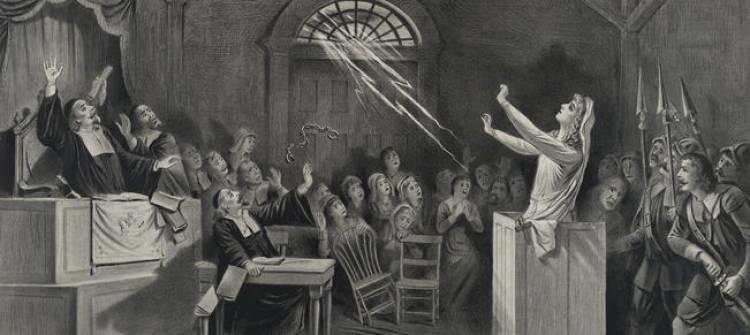
Most people that have a negative opinion about witches have only heard of them trying to do the so-called "black magic." There are however many witches that practice "white magic," which does not deal with death and evil, dangerous spells.
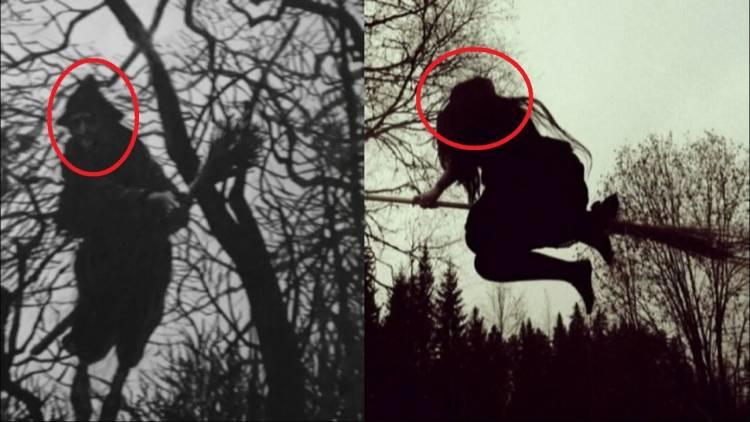
The truth is that witchcraft is just an umbrella term that encompasses all types of magic practiced by all types of women. Some may even go into Satanism, but that is not witchcraft, and it is a more modern invention. Most witches in the past were pagan.
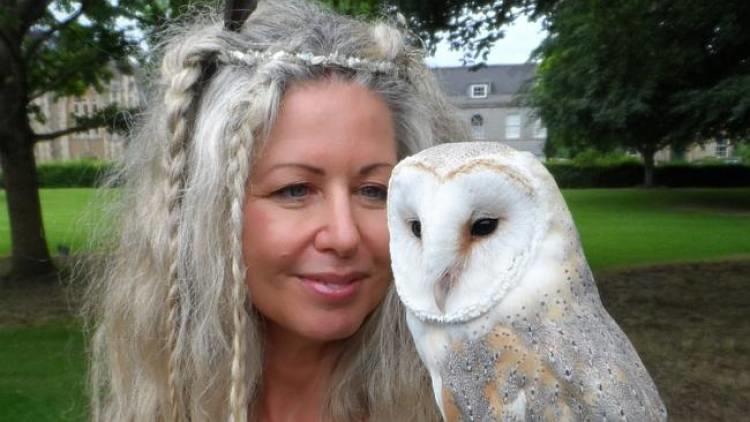
Although witches have been sentenced to death in the past, and many have been imprisoned, not many died while being burned at a stake. The most common type of execution in Medieval times was by guillotine and sometimes by hanging.
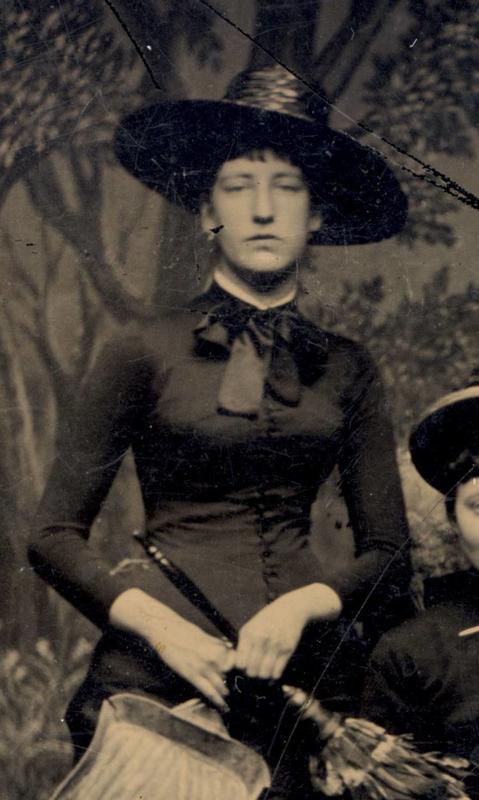
One of the most well-known mass trials of witches was the Salem Witch Trials, in which 165 different people were accused of doing witchcraft. Out of all those people, 31 were imprisoned, and out of the imprisoned, 19 were sentenced to death.
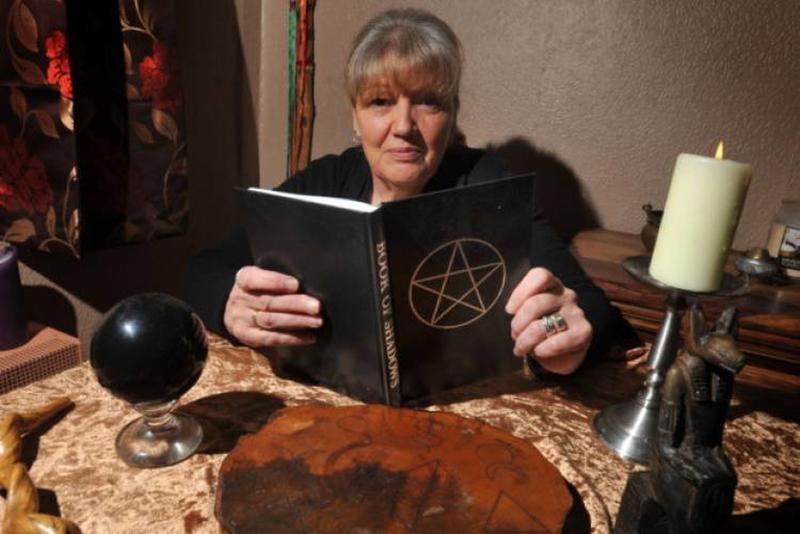
Interestingly enough, most people believe witchcraft to be only accessible to women. The truth is that there have been male witches as well. For example, out of the 19 executed witches at the Salem trials, 18 were women, and 1 was male.

Since most people find it weird to call male practitioners of magic "witches," many are using different terms for this type of person. While there are differences in the exact meaning, the most common names used are a wizard, warlock, and sorcerer.
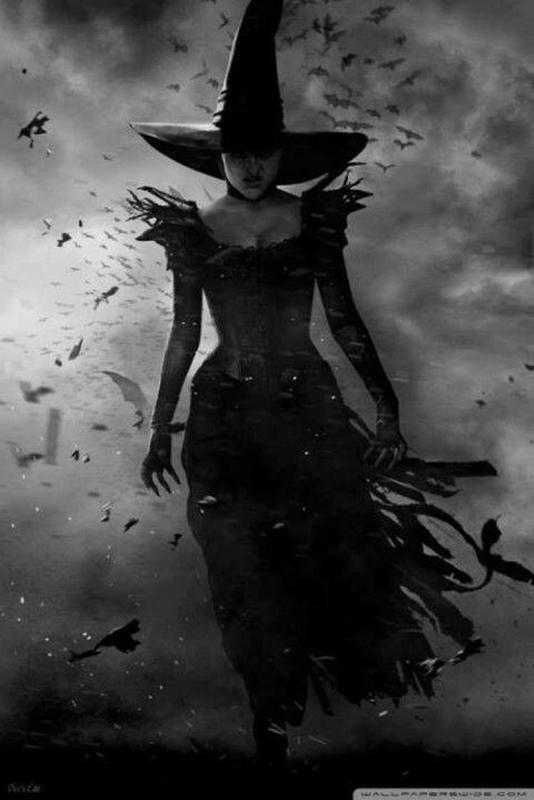
One of the worst things about life in Medieval times is that paranoia was rampant, and laws weren't as objective as today. That is why witches back then could be sentenced by a judge with hardly any evidence. A single accusation could be enough in some cases.
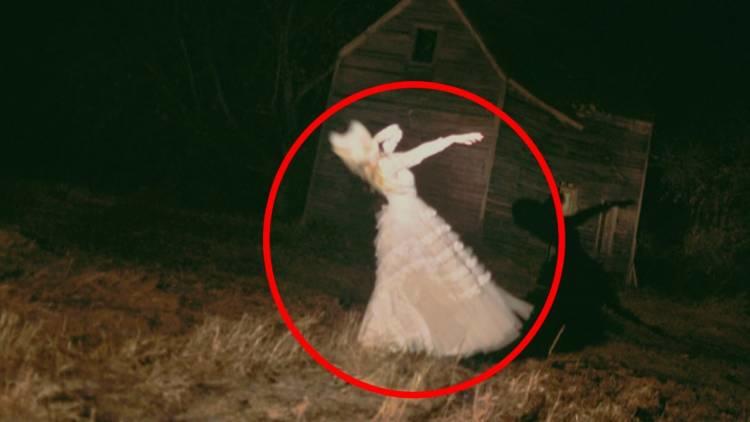
Due to how easy it has been to sentence a witch, it is highly probable that people in the past would lie against a person they don't like, just so they can be sent to prison. One person even said that he dreamed that his neighbor was a "witch," which promptly got the woman arrested.
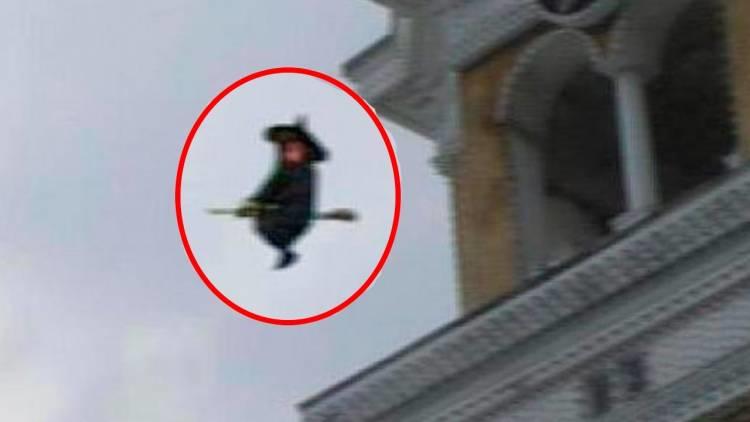
The Malleus Maleficarum was the de-facto witch-hunting manual in the past centuries. The book contains many details on how to deal with a witch. The book was regarded as a legal document, as it was written by two clergymen.
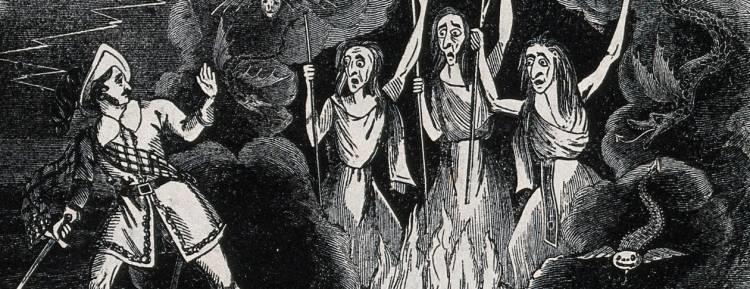
In the modern era, witchcraft has also spawned a religious movement, called "Wicca." This new type of religion was created by Englishman Gerald Gardner, who released into the public back in 1954 and has been popular ever since.
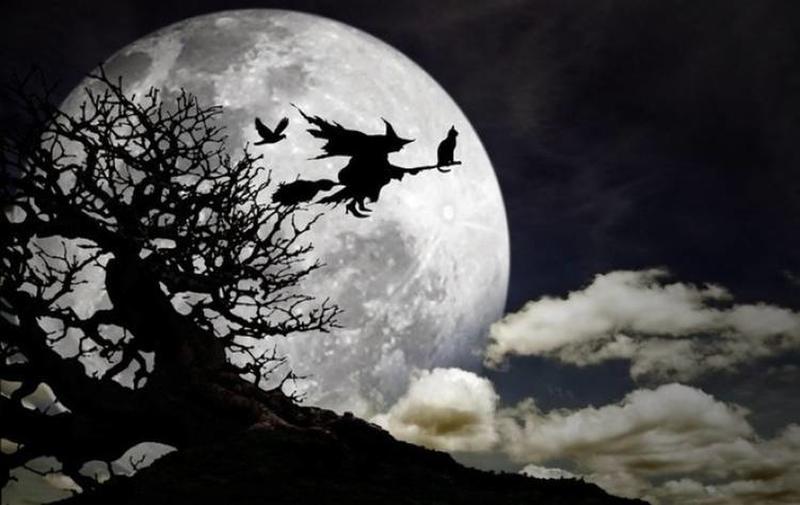
Wicca (the religion based on witchcraft) emerged from a European witch cult, that was heavily persecuted during several witch trials. The core and most important parts of the religion were formed of ancient pagan and 20th-century books and motifs.
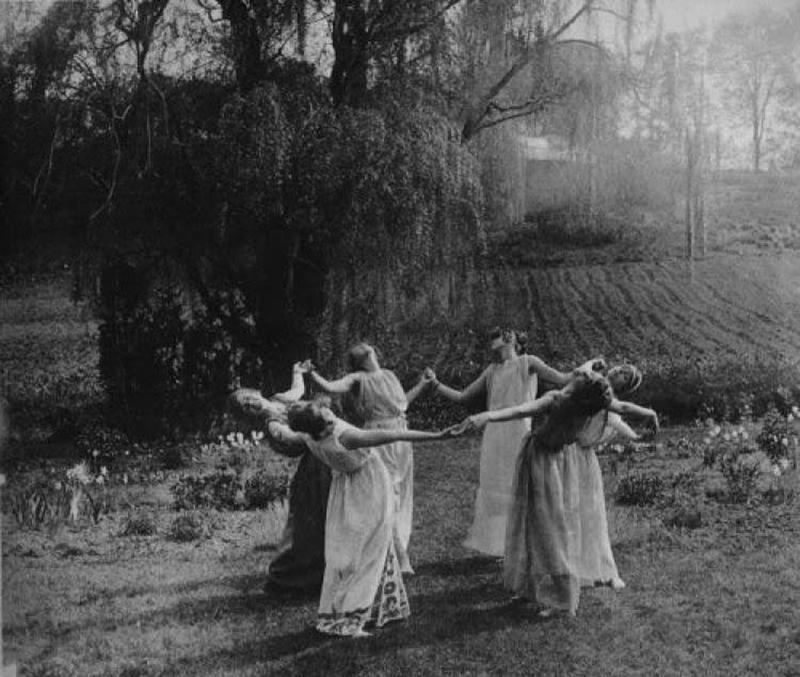
Contrary to popular belief, witches do not only come out during Halloween. In fact, most people that practice witchcraft (as a hobby) usually dedicate at least a few days in the week where they read witchcraft books and practice different spells.
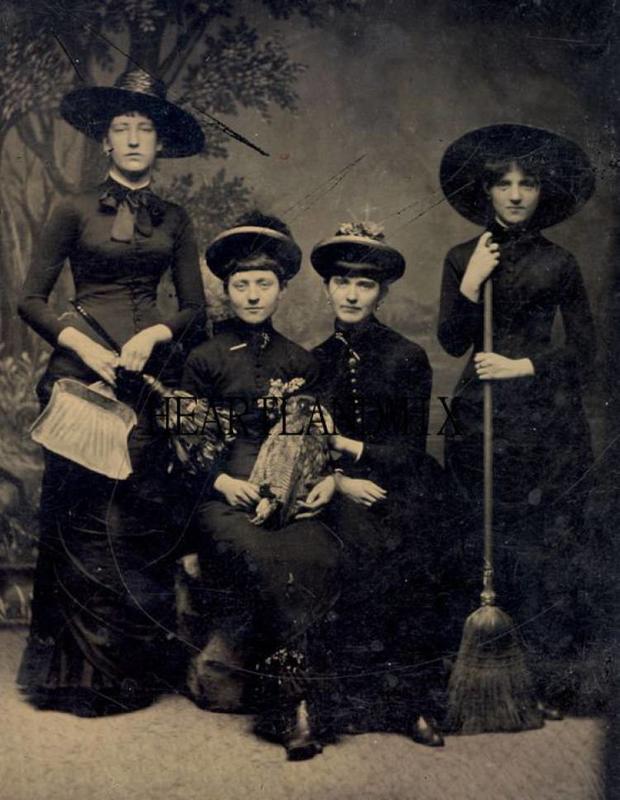
You might notice a slight similarity between gothic fashion and modern witches. That's because some women decide to dress like witches as a type of alternative and extravagant fashion statement - meaning they don't really believe in witchcraft.
